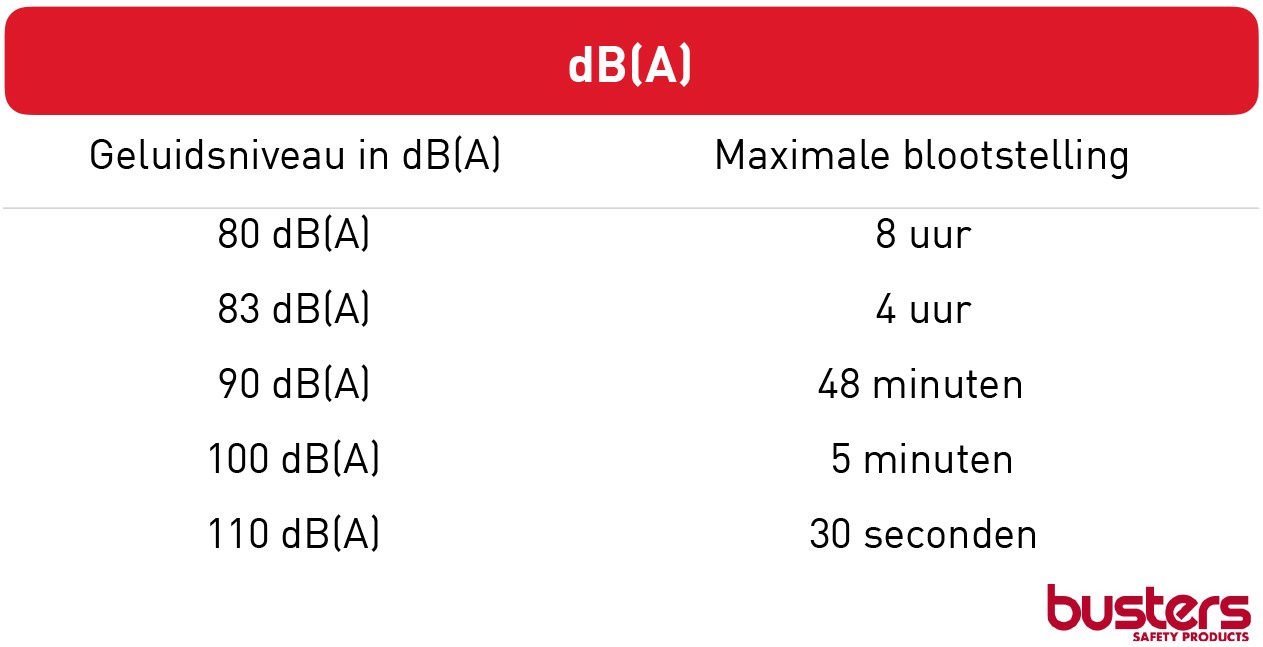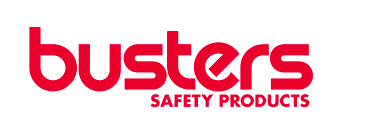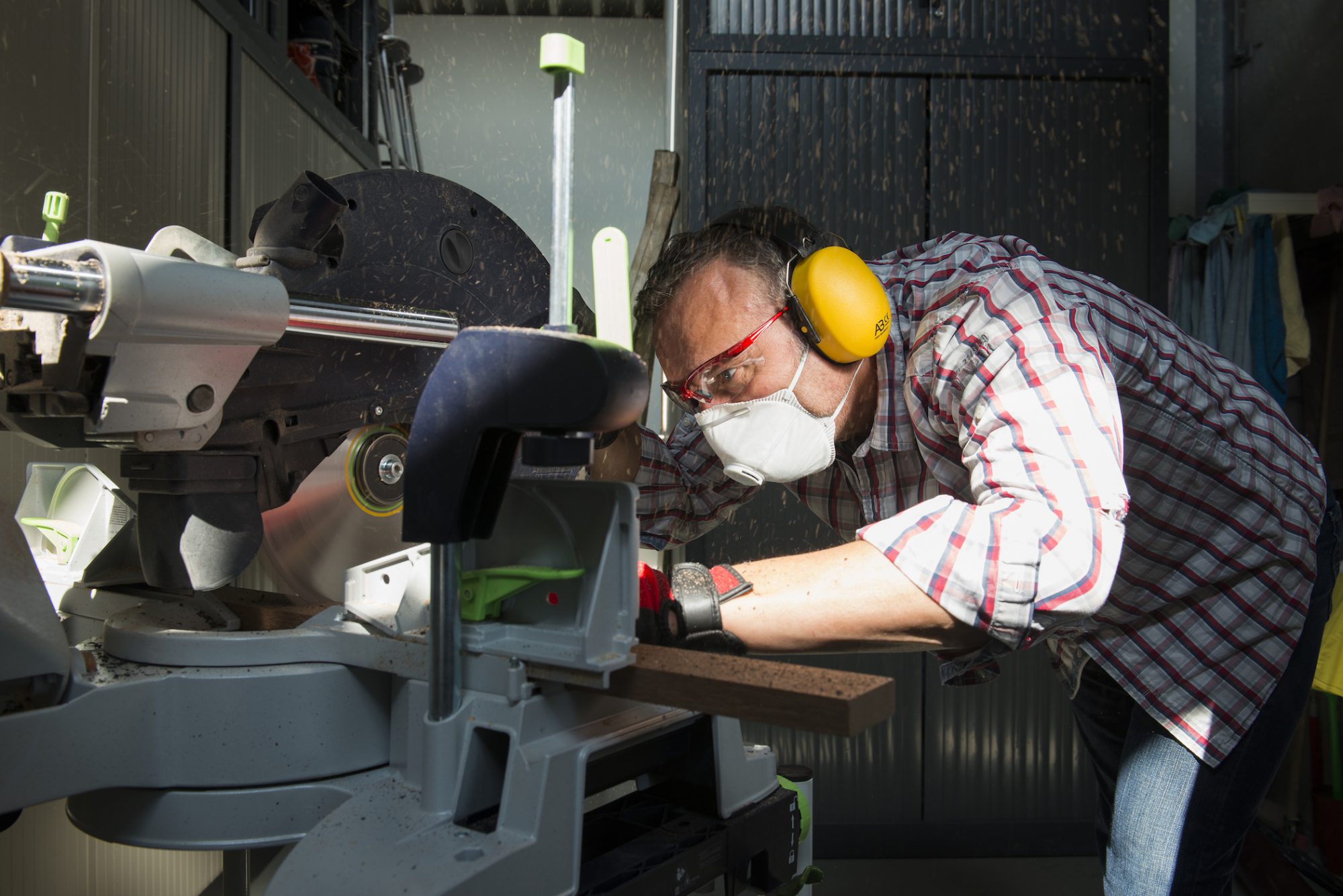Our hearing is very important. We need it to communicate fluently, to enjoy beautiful music and to hear warnings in traffic for other situations. That is why it is important to choose the right hearing protection that is suitable for jobs with a high levels or long durations of noise
All hearing protection from Busters meets the EN 352:2002 standard. But what exactly does this standard mean?
It isn’t always easy to figure out all the different pictograms, standards and quality marks. With the right help, you can find the necessary information on every package so you always make the best choice at the building supply store. Always follow the instructions in the manual for correct use.
What does the EN 352 standard stand for?
The EN 352 standard for earplugs and other hearing protection shows that the product protects adequately against noise.
The product is subjected to independent tests. Only ear plugs and ear muffs that pass these tests may bear the EN 352 standard.
Extra number
The extra number that is sometimes stated next to the EN 352 standard shows the hearing protection type. It is not a score for the protection.
- EN 352-1 is for ear muffs
- EN 352-2 is for ear plugs and ear moulds (custom fitted, reusable ear plugs)
- EN 352-3 is for variants such as ear muffs attached to industrial safety helmets
- EN 352-4 is for level-dependent ear-muffs (ear muffs that automatically attenuate damaging sound and amplify ambient sound)
- EN 352-5 is for active noise-reduction ear muffs
- EN 352-6 is for hearing protection with electrical audio input
SNR
SNR stands for or Simplified Noise Reduction or Single Number Rating. Simply put, it means how much noise the ear plugs or other hearing protection attenuate.
The SNR score is calculated based on the average attenuation of different frequencies. It is a weighted average of all the high to low frequencies. For example, a grinding disc primarily makes noise at high frequencies. The rumble of a generator is primarily at low frequencies.
The higher the number, the more sound the hearing protection blocks. For example, hearing protection with an SNR score of 32 attenuates the sound by 32 decibels (dB). By using this hearing protection, the sound that reaches your ears is therefore 32 dB quieter.
What is dB(A)?
dB(A) is the unit for the sound pressure level attuned to the sensitivity of the human ear.
The sensitivity of the human ear is not the same for all sound frequencies. That is why dB(A) is used for noise measurements instead of ordinary dB.
This table shows the maximum length of time you can be exposed to a certain sound pressure level without suffering damage.
 Summary
Summary
Be sure to check that your hearing protection meets the EN 352 standard. Choose the right SNR score that fits with the specific task.
Always protect yourself as well as possible. Choose the appropriate personal protective equipment. This way you will not only work safely, but also better and more comfortably.
- Always choose hearing protection that meets the EN 352 standard
- Earplugs must also be EN 352 certified
- Choose the SNR score with adequate attenuation
- Take the possible risks into account and use maximum protection
- Always work comfortably and safely
- Tip: Don’t forget any other personal protective equipment
- Tip: Find the product you need in your nearest building supply store or garden centre.

